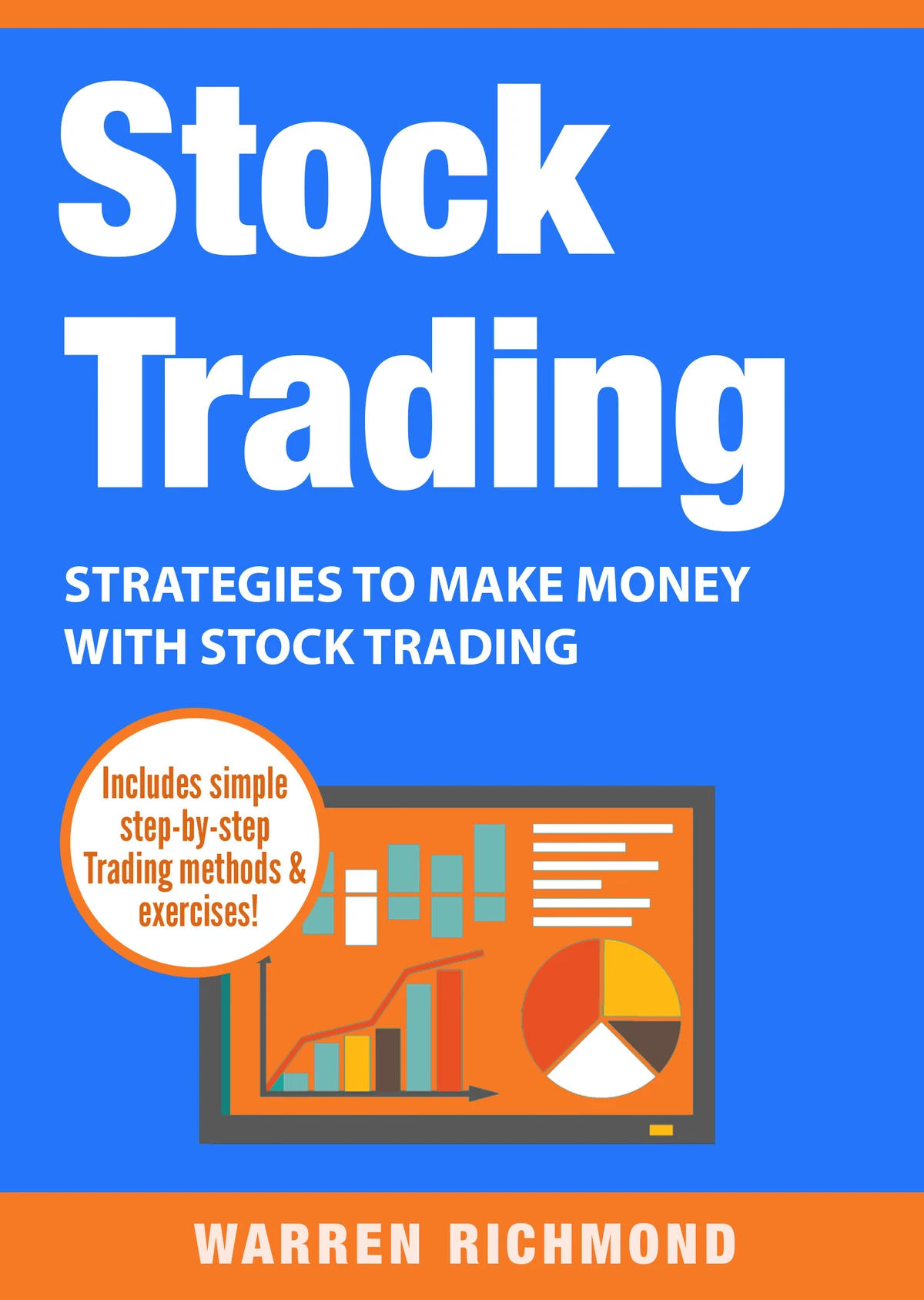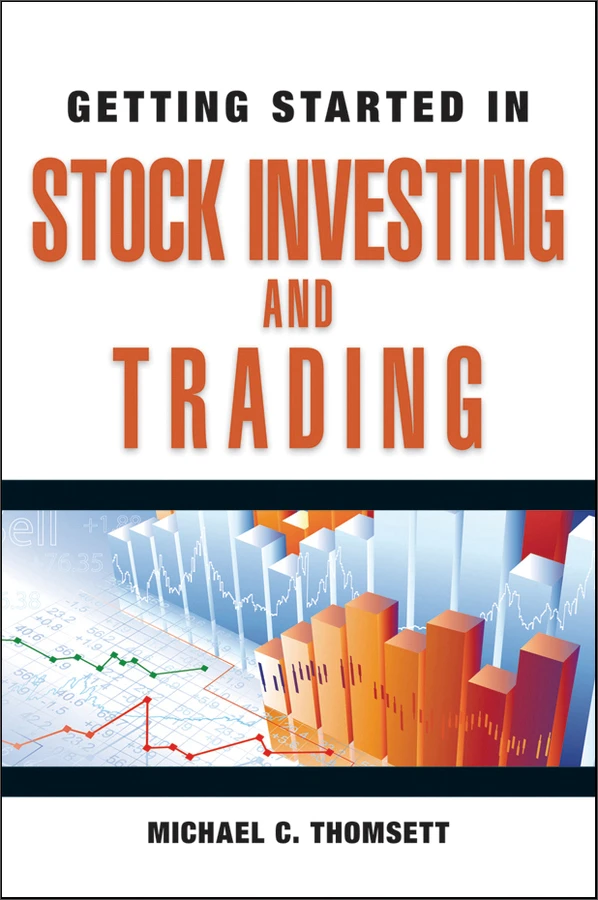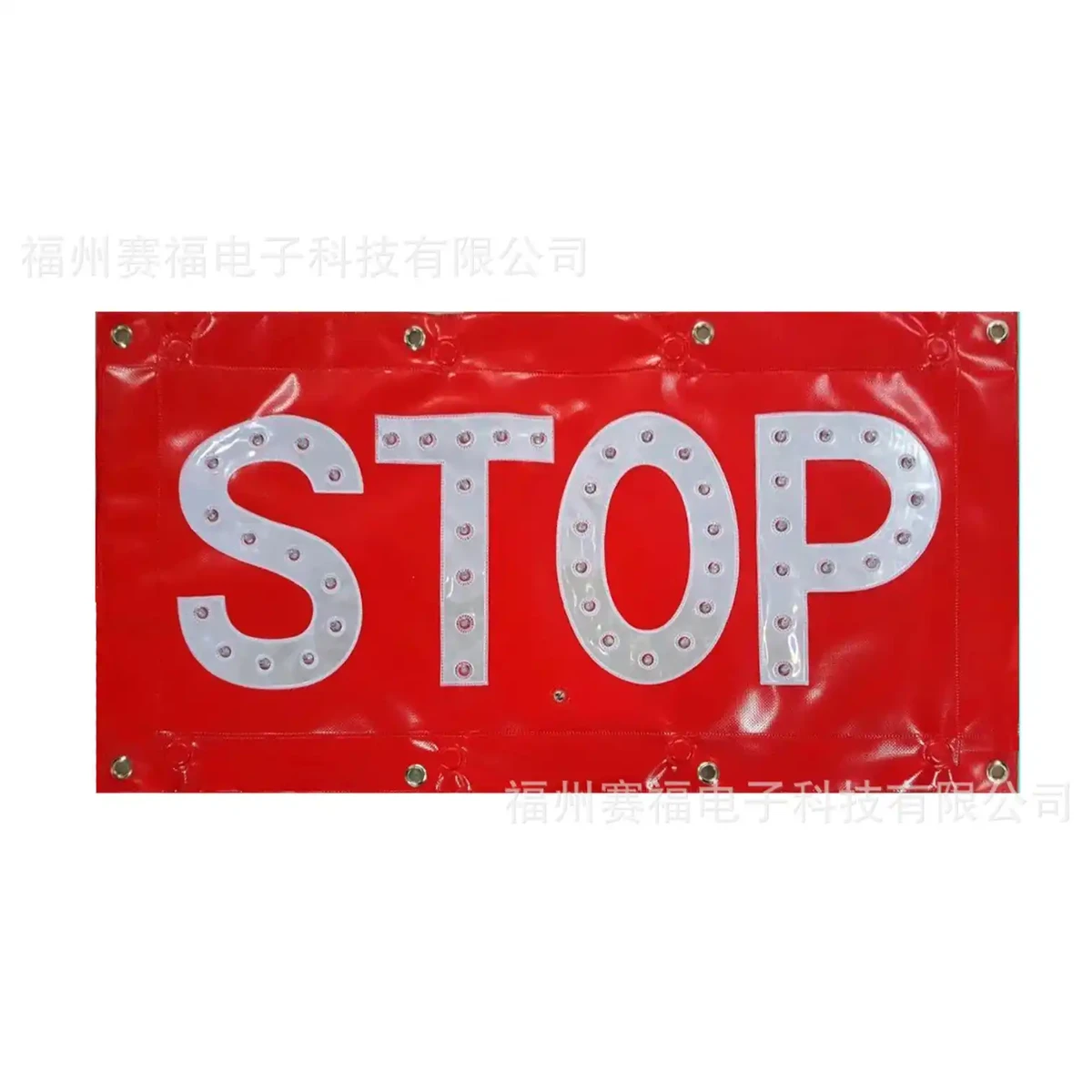======================================================================
Stop orders are one of the most essential tools in stock trading, designed to protect traders from excessive losses and lock in profits. Understanding how do stop orders work in stock trading is crucial for both beginner traders and experienced investors. Whether you are a retail participant, an institutional trader, or a quantitative analyst, stop orders can significantly enhance your risk management strategies while improving trade execution discipline.
This comprehensive article will provide an in-depth exploration of stop orders, their types, strategies, advantages, and drawbacks. We will also compare different stop order methods, discuss practical placement techniques, and answer frequently asked questions, ensuring you have a complete understanding of how to use them effectively.
What Are Stop Orders in Stock Trading?
Definition
A stop order is an instruction to buy or sell a stock once its price reaches a specified level, known as the stop price. Once triggered, the stop order converts into a market order and executes at the next available price.
Purpose
The main objective of stop orders is risk control. Traders use them to:
- Limit potential losses (stop-loss orders).
- Protect profits when markets reverse (trailing stops).
- Automate exit strategies, reducing emotional trading decisions.
Types of Stop Orders
1. Stop-Loss Order
A stop-loss order automatically sells a stock when it drops to a certain price. This helps traders cap losses before they escalate.
Example: If you buy a stock at \(100 and set a stop-loss at \)90, the system sells your shares if the price falls to $90.
2. Stop-Buy Order
A stop-buy order is used to buy a stock once it reaches a higher target price, often as part of a breakout strategy.
Example: You want to buy a stock only if it rises above $120, signaling bullish momentum.
3. Trailing Stop Order
A trailing stop tracks the market price by a set percentage or dollar amount. If the stock moves favorably, the stop price adjusts automatically.
Example: If a stock rises from \(100 to \)110 with a trailing stop of \(5, the stop price moves from \)95 to $105.
4. Stop-Limit Order
This order executes only at the stop price or better, combining stop and limit order mechanics. It provides control over execution price but carries the risk of non-execution in fast-moving markets.
How Do Stop Orders Work in Practice?
Stop orders activate when the stop price is hit. For example, if a trader sets a sell stop at \(95 and the stock drops from \)100 to \(95, the order becomes a market sell order. Execution may occur at \)95 or slightly lower depending on liquidity and volatility.
Stop order trigger illustration: Once the stock touches the stop price, the order converts into a market order.

Advantages of Stop Orders
- Risk Management: Protects traders from catastrophic losses.
- Automation: Removes emotional decision-making.
- Profit Protection: Locks in gains with trailing stops.
- Flexibility: Useful across day trading, swing trading, and long-term investing.
Limitations of Stop Orders
- Slippage Risk: Orders may execute at worse prices in volatile markets.
- Market Gaps: Overnight price jumps may bypass stop prices, leading to unexpected losses.
- Non-Execution (Stop-Limit): The order may not fill if the market moves too quickly.
Strategies for Using Stop Orders
Strategy 1: Fixed Stop-Loss
A predetermined exit price based on percentage risk or dollar amount.
Pros: Simple, disciplined approach.
Cons: May stop out too early during normal market volatility.
Strategy 2: Trailing Stops for Profit Protection
Ideal for swing traders and momentum investors who want to let profits run.
Pros: Dynamically adapts to market moves.
Cons: Can be triggered prematurely in volatile markets.
Comparing Strategies
| Strategy | Best For | Advantages | Drawbacks |
|---|---|---|---|
| Fixed Stop-Loss | Beginners, risk-averse | Simple, prevents large losses | May trigger too early |
| Trailing Stop | Swing & momentum traders | Locks profits, adapts to price | Sensitive to short-term volatility |
| Stop-Limit | Professionals, investors | Control over price execution | Risk of non-execution in fast moves |
Best Practices for Stop Order Placement
Use Volatility-Based Stops
Avoid arbitrary levels. Instead, set stop orders based on market volatility indicators like ATR (Average True Range).
Align with Risk Management
Stop levels should reflect overall portfolio risk, not just individual trades.
Combine with Position Sizing
As discussed in why stop orders are crucial for risk management, stop levels and position size must be aligned to keep risk within acceptable thresholds.
Practical Example
A trader buys Apple stock at $150. They set:
- A stop-loss at $140 (to cap losses).
- A trailing stop of \(5 as the stock rises.
If Apple rallies to \)170, the trailing stop adjusts to \(165. If the price reverses, the position sells automatically at \)165, locking in $15 profit per share.

Stop Orders in Different Trading Styles
- Stop orders for day traders: Protect capital in fast, intraday moves.
- Stop orders for swing traders: Manage multi-day positions with dynamic stops.
- Stop orders for institutional traders: Integrated into algorithmic risk systems.
As explained in where to place stop orders in trading, order placement differs depending on the strategy, market volatility, and trading style.

Advanced Applications
- Algorithmic Trading: Stops are coded into automated systems for real-time risk control.
- Portfolio-Level Stops: Managers apply stop-loss rules across entire portfolios, not just individual stocks.
- Backtesting: Analysts test stop order effectiveness in historical simulations before deploying live strategies.
FAQ: Stop Orders in Stock Trading
1. Do stop orders guarantee execution at the stop price?
No. A stop order converts into a market order at the stop price, but execution may be higher or lower due to slippage, especially in fast-moving or illiquid stocks.
2. Are stop orders visible to other traders?
Typically, stop orders are not displayed in the order book until triggered. However, some advanced market participants may infer stop clusters through price patterns.
3. How do stop orders compare to options for risk management?
Stop orders provide straightforward protection, but options (like protective puts) can cap downside risk without the risk of slippage. The trade-off is cost—options require premiums, while stop orders are free.
Conclusion: Mastering Stop Orders for Effective Trading
Stop orders are indispensable tools in stock trading, helping traders automate exits, protect profits, and reduce emotional biases. Whether using fixed stops, trailing stops, or stop-limit orders, the key is to integrate them into a broader risk management framework.
For financial success, traders should combine stop orders with proper position sizing, portfolio risk assessment, and backtesting. By mastering stop orders, you not only protect your capital but also build the discipline needed for long-term profitability.
If you found this guide helpful, share it with fellow traders, leave a comment with your experience using stop orders, and join the conversation on building smarter, risk-aware trading strategies.
Would you like me to also create a visual infographic summarizing stop order strategies so you can use it as a quick reference in your trading workflow?

0 Comments
Leave a Comment